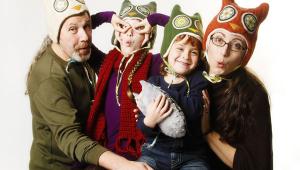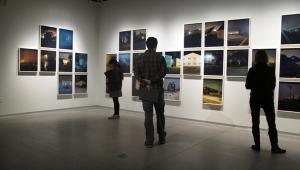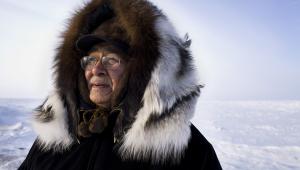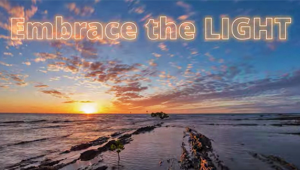Business Trends
Digital Transitions
Making The Switch, And Thriving
Many photographers who have
made the switch over to digital have survived, and thrived. What are some
of the business advantages? Where are the best markets for digital photography?
What are the pitfalls you can expect? For this topic, we interviewed photographer
Sandy Stroud of Stroud Photography (www.stroudphotography.com)
and Daniel Wilmoth and Mike Sondag of United Color Lab, Inc. (www.unitedcolorlab.com).
Portrait And School
Market |
















































